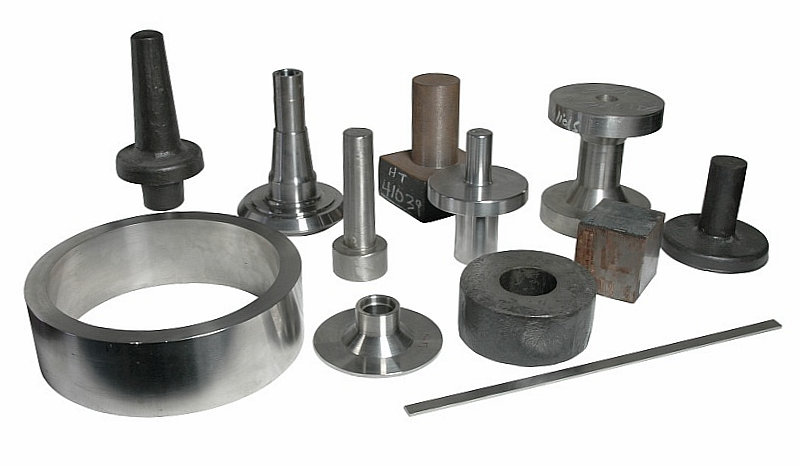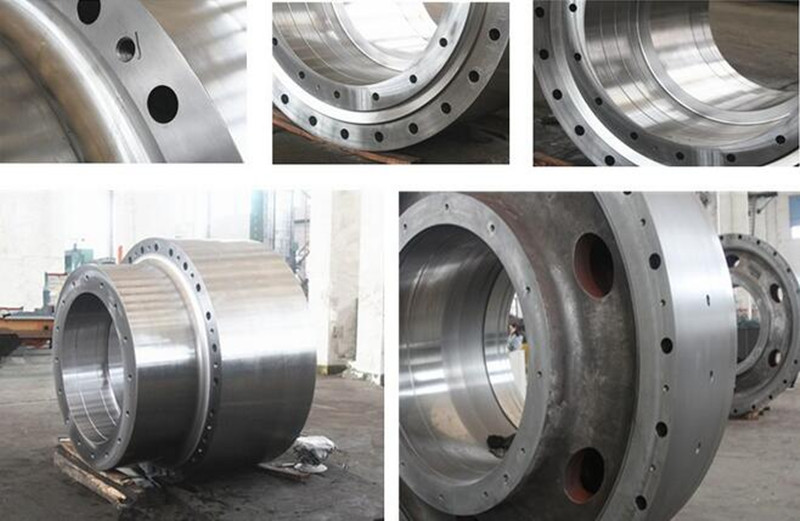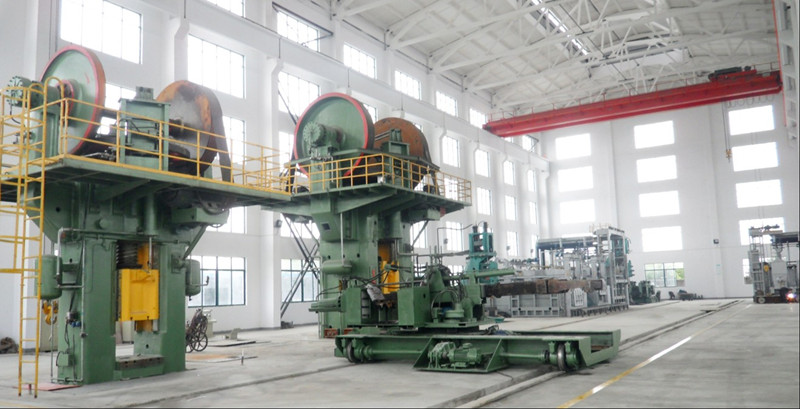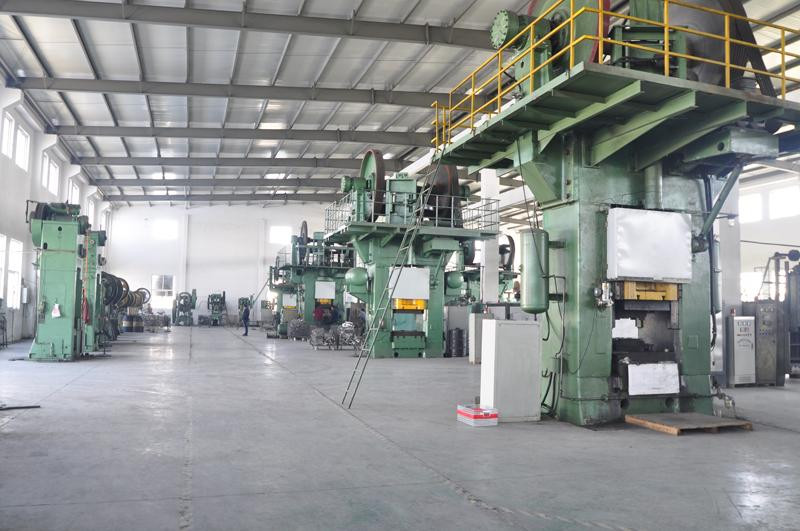As one of the most active countries in graphene research, China's graphene technology innovations are frequent, and industrialization is developing rapidly. However, compared with developed countries such as the United States, Japan, and South Korea, China's graphene research and industrial development are basically at the low end of the industrial chain and value chain. Although the capital, academic, and media circles are "passionate," they cannot cover up. Mainly in the production of materials, downstream applications focus on low value-added products, low-end capacity expansion, and product homogeneity. While the graphene industry is in full swing, it must be wary of the graphene industry falling into a "low-end trap." The development of low-end development of graphene industry in China Graphene, due to its excellent performance, will bring about changes in the fields of electronic information, new materials, new energy, biomedicine, etc., and countries have also stepped up research and development and deployment in order to occupy the commanding heights of the industry. Through the analysis of patent applications, downstream applications and preparation technologies of graphene industry in China, it is found that the industry is facing the risk of falling into the “low-end trapâ€. The patent "lightweight". As of October 2015, the number of patent applications for graphene in China reached 13,427, accounting for about half of the total number of applications worldwide, ranking first in the world. However, there are many utility model patents, less original patents, fewer domestic patents, fewer international patents, more patents in colleges and universities, and fewer patents. The number of patent applications filed by enterprises is only about 36%. Because China's patent application for graphene is mainly based on universities and scientific research institutions, technology innovation is more concerned with theoretical foundation and scientific research, and it is seriously out of touch with industrialization. Some even patent for patents. The patents applied for are often advanced in foreign countries. On the basis of improvement or extension, the research and development results are fragmented and homogenized. There are few patents with real originality and great technical influence. This has resulted in a large number of graphene patents in China, but the actual application value is low. status quo. Downstream "good quality and low use". At present, the downstream applications of graphene in China are mostly concentrated in the field of powder (graphene-like), which is used as a modified additive in coatings, composite materials, power batteries and other fields where the quality of graphene is not high. The added value of the product is not high enough to truly reflect the characteristics and value of graphene as a high-performance, high-quality material. Due to the low threshold of these application technologies and the enthusiasm of the capital market, many companies have stepped into it and even blindly expanded their production capacity. The low-end homogenization of products is very serious. In the application fields of integrated circuits, transistors, chips, etc., which can truly reflect the characteristics and value of graphene and the high-end links of the value chain, due to the breakthrough of key technologies, long-term continuous research and development capital investment is required, and the investment return period is also long. Enterprises are involved in it. Environmental protection "hidden dangers still exist." Although the preparation of graphene powder and film materials has been able to achieve mass production initially, the current preparation techniques generally have problems such as energy consumption, water consumption, and environmentally unfriendly processes. As currently recognized as the easiest to achieve the industrial production of graphene redox preparation method, the production process involves a series of chemical reactions, the need to add hydrochloric acid, sulfuric acid and other strong acid substances and hydrazine hydrate, ethylene diamine and other toxic reducing agents, If the wastewater and solid waste generated are improperly disposed, they will spread rapidly through surface water, which will have a great impact on the ecological environment. At present, there are not many enterprises that use this process for graphene preparation, and the lack of environmental protection facilities and inadequate supervision. There are major hidden dangers to ecological environment protection. Suggestions The first is to strengthen the top design. Formulate the overall plan for the development of graphene industry in China, clarify the development strategy of graphene, and carry out unified deployment from medium and long-term development goals, industrial layout, key enterprise cultivation, key technology breakthroughs, downstream application industries, etc., focusing on downstream high-ends such as chips and integrated circuits. The field strengthens technological innovation and forward-looking layout; rationally plans production capacity, promotes graphene differentiation, specialization, and cluster development, and avoids low-end homogenization and repeated construction. The second is to cultivate leading enterprises. Give full play to the guiding role of industrial policies and financial funds, encourage the participation of social capital, aim at cultivating enterprises with international competitiveness, select a few enterprises with real innovative strength to focus on cultivating, and promote the concentration of talents, resources and capital to advantageous enterprises; Strengthen the construction of high-end talents in the enterprise, combine the national “Thousand Talents Plan†and international cooperation projects, and help the superior enterprises to introduce high-end talents or technical teams that can bring core technologies, and establish and improve the high-end talent guarantee mechanism. The third is to accelerate technological breakthroughs. Integrate various types of innovation resources, establish a national-level graphene innovation center, formulate a technological innovation catalogue and technology breakthrough roadmap, and strengthen key technologies for material preparation technology, clean production technology, and downstream high-end applications; establish a graphene industry fund, adopt policies The pattern of joint participation of fiscal expenditures and social capital accelerates the transformation of key technological achievements. The fourth is to establish a standard and standard system as soon as possible. According to the development status of graphene industry and the urgency of downstream application, research and formulation of a number of national standards and industry standards, especially for composite materials, coatings, lithium batteries and other application fields with relatively mature downstream applications, as soon as possible to improve the definition, testing and use of related products Standards; Accelerate research and development of specifications for graphene industry, and standardize them from industrial layout, production process and equipment, clean production, and quality management.
OEM Hot Forging and Cold Forging Parts
1.42CrMo4, C45, 304, 316, F1, F91.
7. Packing: In wooden cases, wooden pallets or as per customers' special requirement;
Steel Forging,Hot Steel Forged,Stainless Forged Steel Forging,High Precision Steel Forged Hebei Mingda International Trading Co.,Ltd , https://www.amazingcastings.com
2. OD5000mm, Thickness 600mm
3. Rough machining, Finished machining
4. Die forged ring
5: Materials: Carbon, stainless and alloy steel
6: Measurement: Within 16 meters





